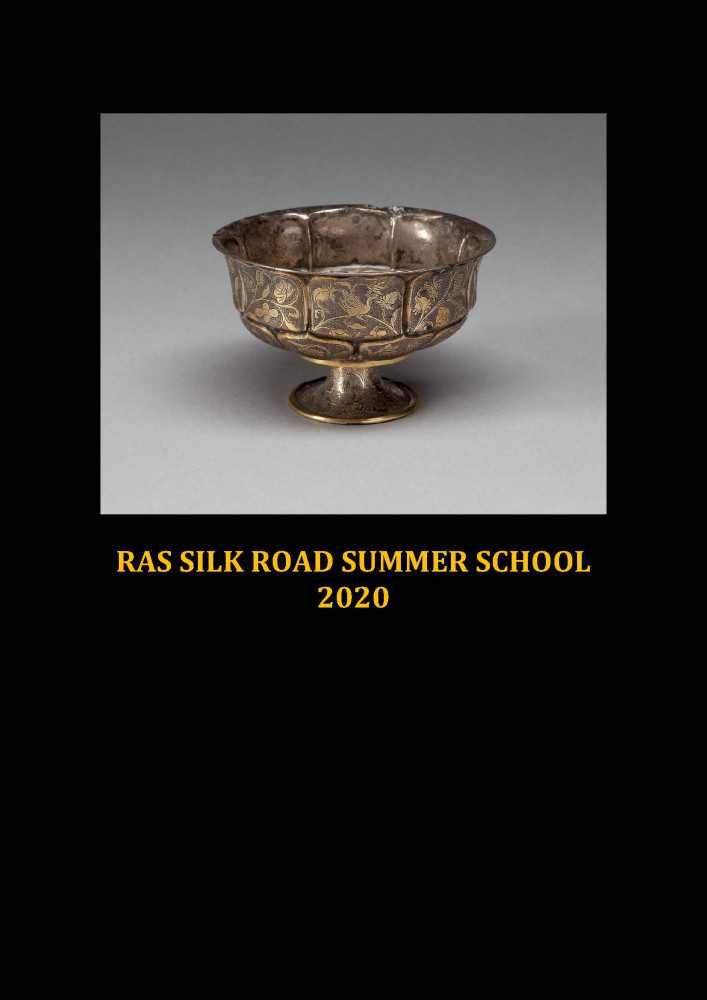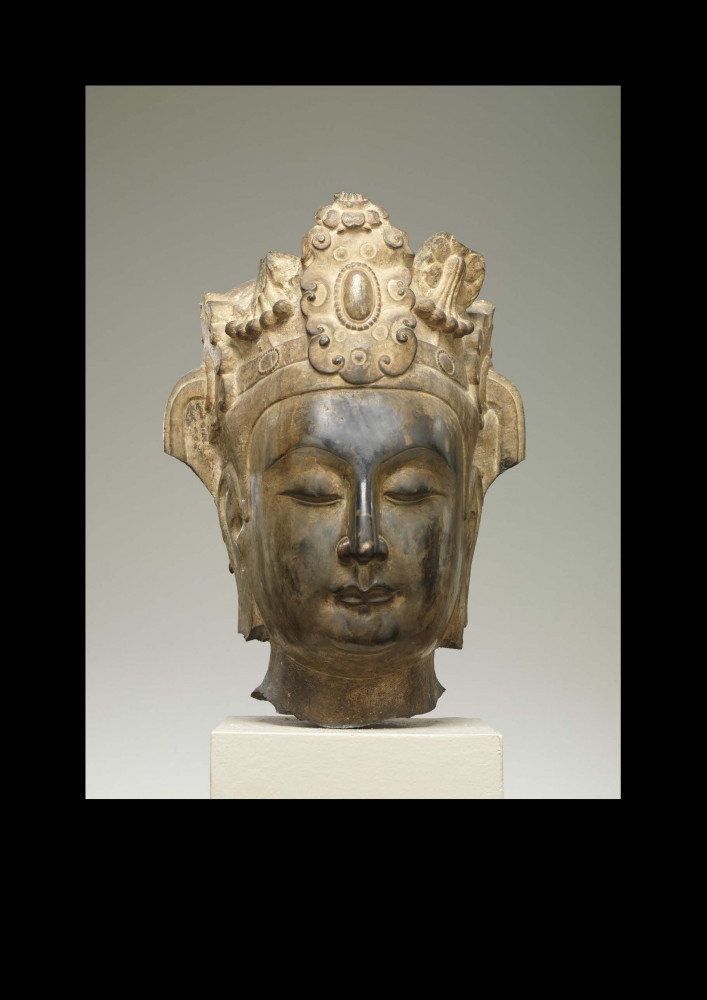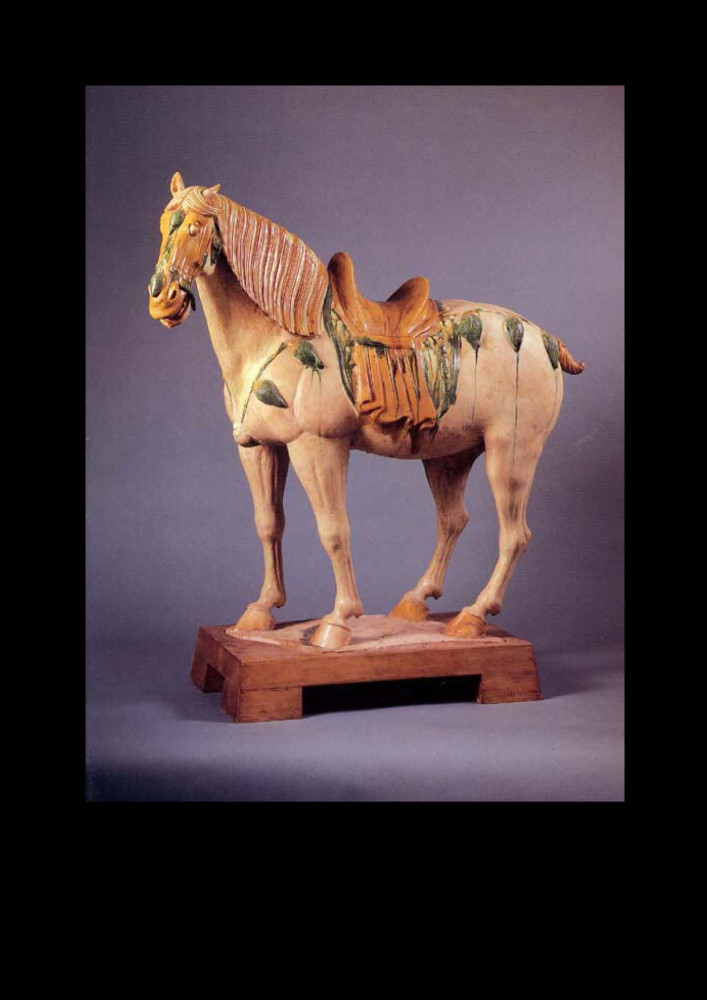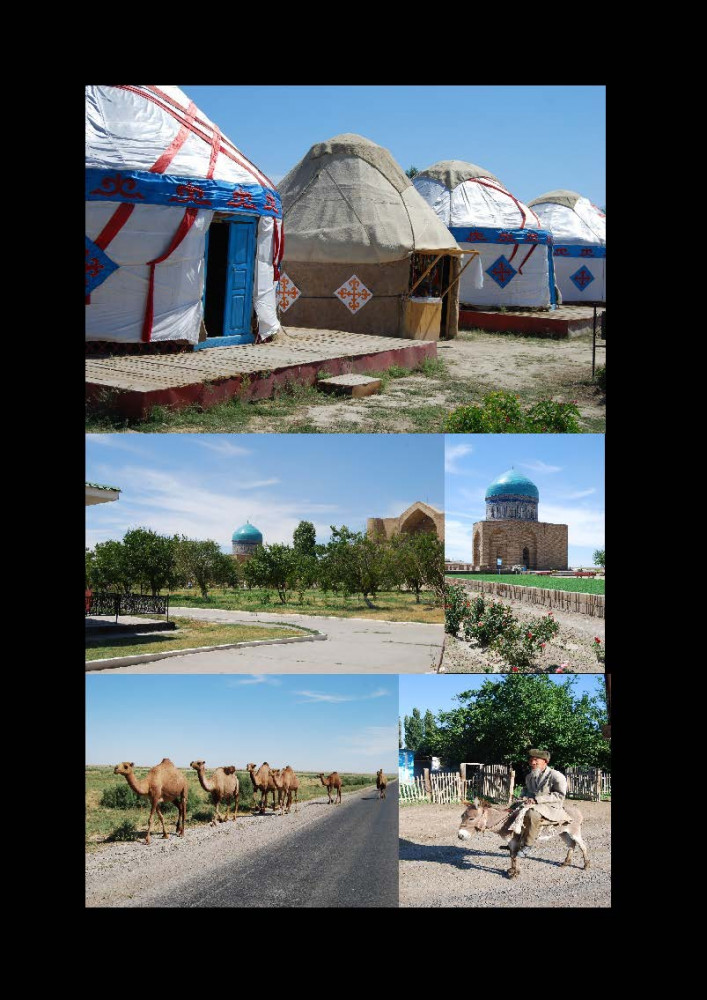
Following the success of the Silk Road Summer School held before lockdown under the direction of Drs. Alison Ohta and Susan Whitfield, the Society is planning a new Silk Road course to be held in July 2022. The dates have not been fixed but if you would like to register your interest and availability please contact Alison Ohta ao@royalasiaticsociety.org
The influence of the interactions enabled by the Afro-Eurasian trade routes known as the Silk Roads are much in discussion today, especially with China’s Belt Road Initiative. But what is the story of the Silk Road? Does such a concept make sense? What does it mean in terms of the history and arts of pre-modern Afro-Eurasia?
This 4-day course will introduce the term, its history and the 20th century explorations which brought the role of central Asia to the fore. The course will then look in some detail at aspects of Silk Road art and technologies: silk production, books and printing, glass, ceramics and metalware. There will be a focus on the designs and aesthetics travelling along Silk Road, whether found on silk, books or metalware. The participants will have the chance to see original manuscripts and books at the British Library and the Royal Asiatic Society, introduced by their curators.
This is a course intended for a general audience. No prior knowledge is required, although a short bibliography will be supplied for those wishing to do some reading in advance. The group will be limited to 8-12 people and therefore there will be ample opportunity for questions and group discussion.




